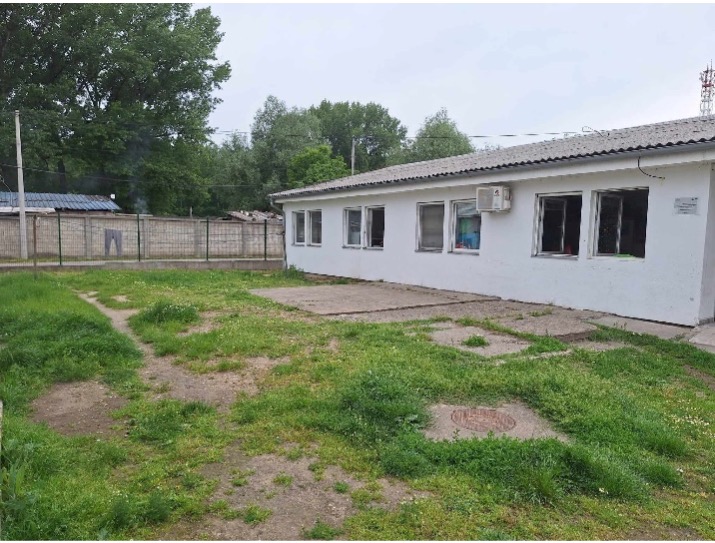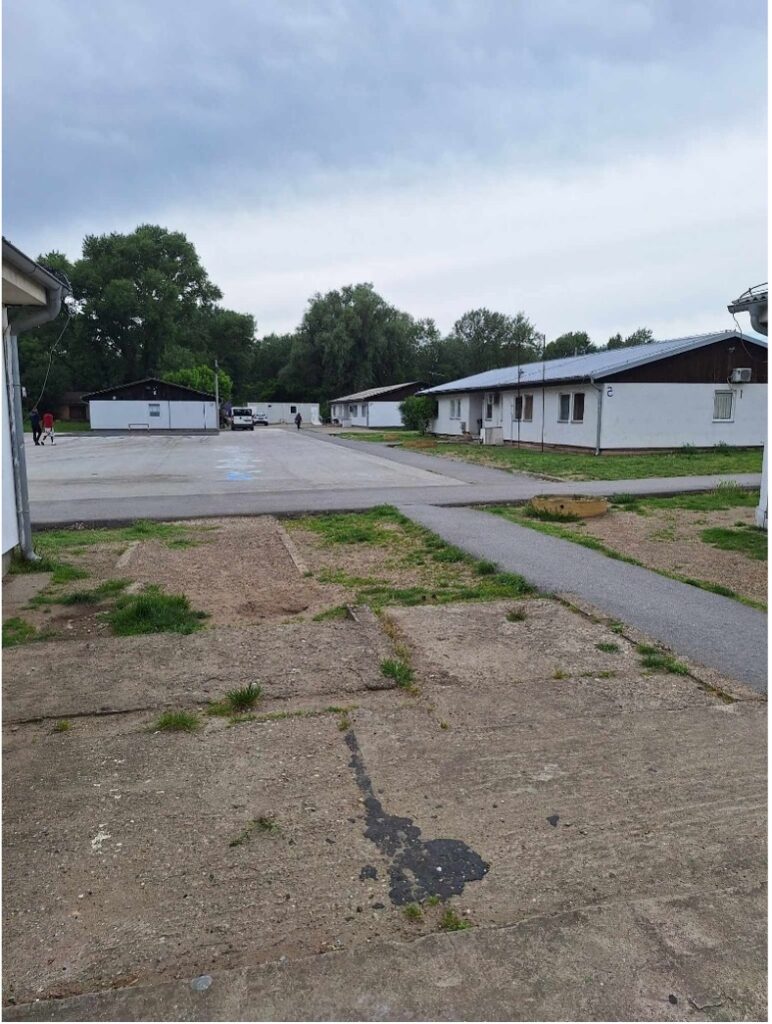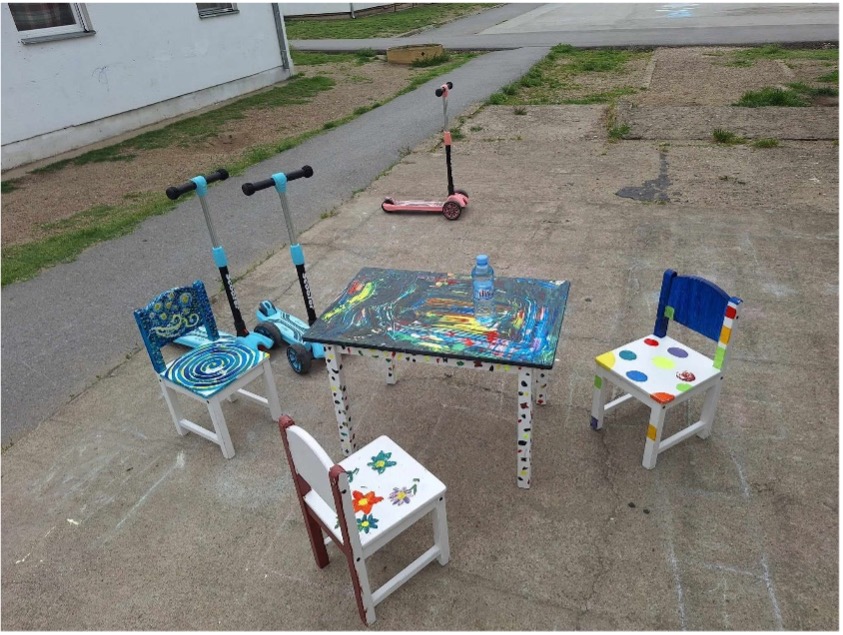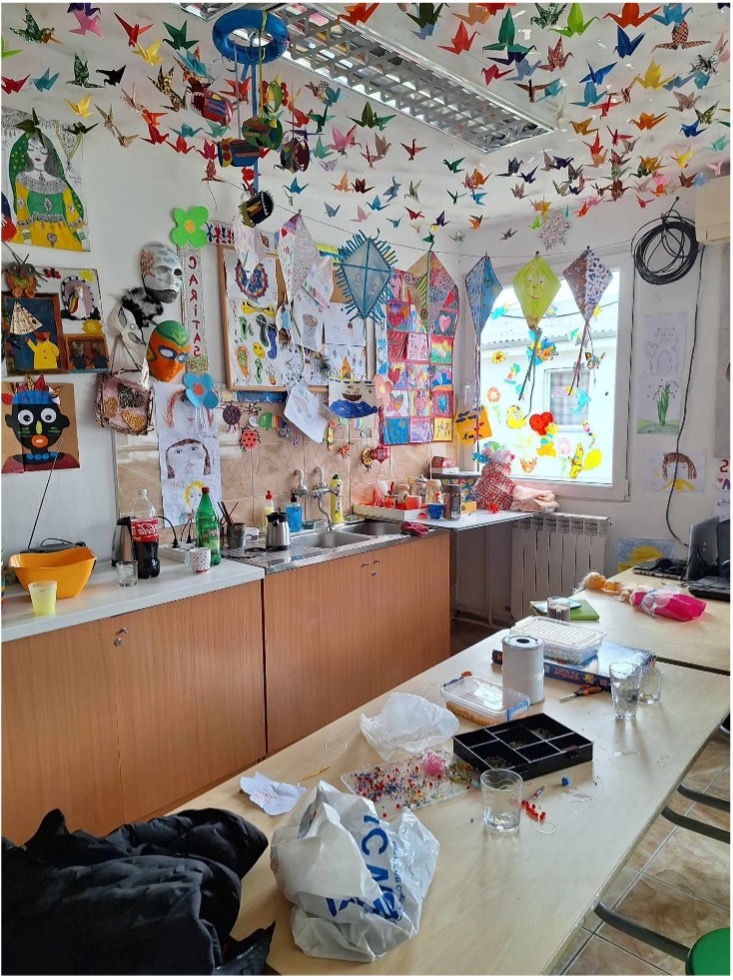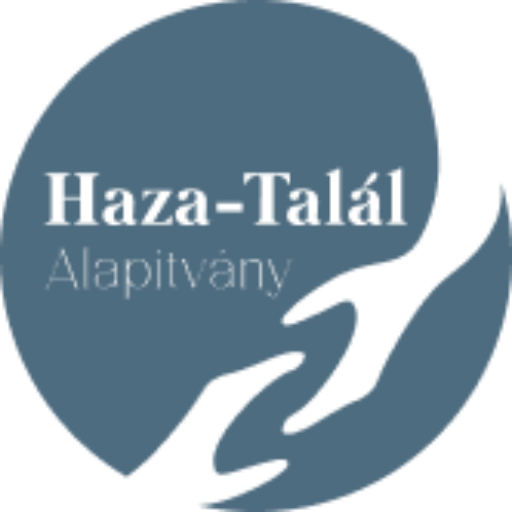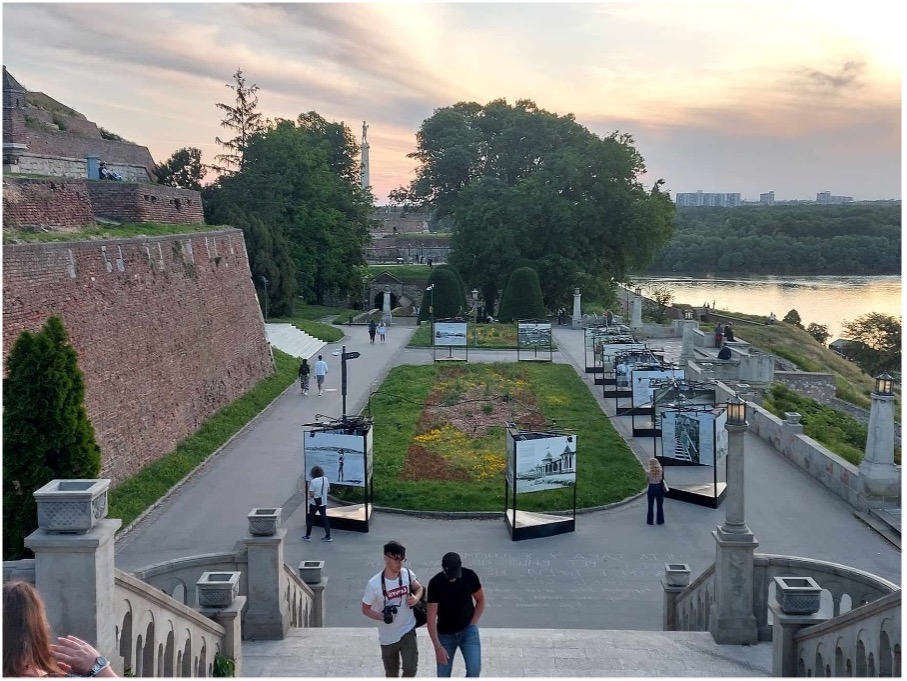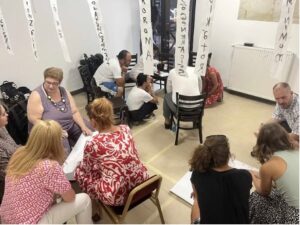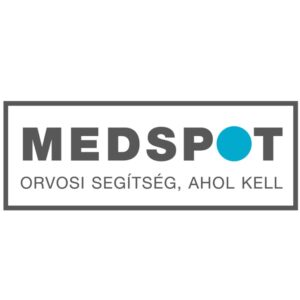In our previous post, we told you about our visit and our experiences in Subotica.
But that was only the beginning, as Belgrade was our destination shortly afterwards.
Caritas Belgrade is playing an important role in dealing with the refugee situation, as many refugees are arriving all over Serbia, hoping to continue their journey towards the interior of Europe.
Such field visits are important for us because they help us to better understand the challenges and opportunities on the ground and to assess how to effectively help those in need.
1 day
As with Caritas in Subotica, the Belgrade relief agency was willing to help us. During our meeting, we spoke to the Director and the Refugee Coordinator of the Refugee Aid Office, who were extremely cooperative and friendly, for which we cannot thank them enough. During this meeting, we presented the activities of our foundation and our intention to support their work, either through material or material donations, and we also offered the possibility of volunteering, as we were very pleased to see young people from many countries coming here with similar aims.
With the help of two young people of Italian nationality, we explored the cultural heritage and sights of Belgrade, enjoying the city's vibrant life and rich history.
2. nap
Early the next morning we visited Krnjaca, a refugee camp on the outskirts of Belgrade. The camp usually hosts 200-250 refugees, but this number is constantly changing due to a number of external circumstances. During our visit, nearly 100 people were sheltered and cared for.
The refugee camp is located on the site of a former military facility, which was later converted to receive and house refugees. The camp has various facilities designed to meet the basic needs of refugees, such as accommodation, food, health care and education, and last but not least, a laundry, which meets specific and important needs, considering that refugees usually arrive with a maximum of two changes of clothes.
However, the infrastructure is often overstretched and conditions are not always ideal. Residents live in containers and shacks and the camp is often overcrowded, especially at the height of the crisis.
The young people in the camp receive education according to age groups, including IT training, while animators work with the pre-school age group.
The experiences and contacts we made during our visit to Belgrade have strengthened our belief that with cooperation and attention we can really help those who need it most.
In our next post, we will take you to Sarajevo, the third destination on our learning journey.
